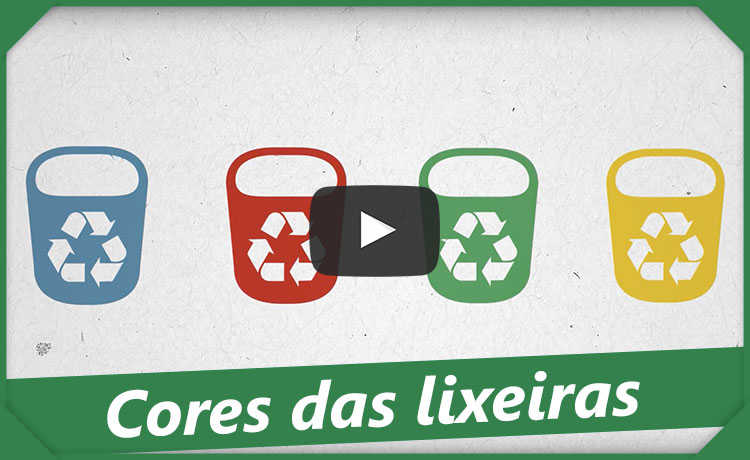What are free radicals?
Free radicals are harmful, but you can fight them with physical activity and a balanced diet

Image: Photo by Chanan Greenblatt on Unsplash
Free radical is an atom or molecule that has an odd number of electrons in its last electron shell. This makes it unstable and highly reactive, making it always looking to capture or give away electrons from the cells around it. Under normal conditions, free radicals are essential for the body to function. However, when in excess, they start attacking healthy cells, such as proteins, lipids and DNA, causing premature aging.
By capturing the electron from these cells, the free radical acts as an oxidizing agent. The process damages the cell membrane and structure and can, in extreme cases, lead to cell death. To regulate the action of free radicals in the body, there are antioxidant defense systems. Consuming foods rich in antioxidants is a strategy to combat premature aging caused by excess free radicals in the body.
The practice of regular and moderate physical activity is also a strategy, as it tends to help the body to metabolize oxygen, reducing the production of free radicals.
Action of free radicals in the body
Some free radicals are naturally produced by the human body to perform various metabolic functions, acting mainly on the immune system. These are called free radicals of endogenous origin. There are also free radicals of exogenous origin, which originate from factors external to the body, such as pollution, solar radiation and other types of radiation, tobacco and alcohol consumption, and poor eating habits.
The formation of free radicals results from the metabolism of oxygen by the body and its production occurs in the cytoplasm, mitochondria or membrane. The targets of free radicals (which are neighboring cells) depend on where each radical was formed.
A free radical, when it doesn't find another to link with, ends up attacking healthy molecules and cells, which, when they lose the electron that kept them stable, transform into new free radicals. This process generates a chain reaction, capable of damaging countless cells, leading to cell death (in extreme cases, as already explained).
Sometimes, the excess of free radicals in the body damages the cell membrane, causing the destruction of the polyunsaturated fatty acids that compose them, characterizing the situation of lipid peroxidation.
To inhibit the levels of free radicals in the body, there are antioxidant defense systems. Thus, the amount of oxidizing agents and antioxidants must always be in balance. The imbalance in this balance characterizes the situation of oxidative stress.
According to an article published by the Brazilian Society of Clinical Nutrition, oxidative stress occurs both due to a deficiency in the antioxidant defense system (very low amount of antioxidant agents) and due to an increase in the body's production of free radicals.
Increased production of endogenous free radicals normally occurs to support the immune system. There may also be an increase in the amount of exogenous free radicals, due to excessive exposure to external sources of these molecules, such as pollution, radiation, smoking, alcoholism, poor diet, among others.
The evolution of oxidative stress is associated with premature aging and the development of chronic inflammatory diseases such as atherosclerosis, diabetes and arthritis, degenerative diseases such as Parkinson's and Alzheimer's ; and cancers.
Endogenous free radicals
A part of the free radicals is produced by the organism to act in the transference of electrons in various biochemical reactions. Under normal conditions, they contribute to energy generation, gene activation and participation in defense mechanisms, attacking and destroying the cells of pathogenic microorganisms. Free radicals are produced in the cytoplasm, mitochondria or membrane, so their target cell depends on where it was formed.
The two main free radicals reacting with oxygen naturally produced by the human body are: hydroxyl (OH_) and superoxide (O2•-).
Of these, according to an article published in the journal Química Nova, the hydroxyl radical (OH_) is potentially the most dangerous for the body. This is due to the fact that its half-life is very short, which makes the attack on cells very fast. What makes OH_ a difficult radical to be scavenged by antioxidant agents.
If in unbalanced amounts, OH_ and O2•- damage the lipid layer composed of polyunsaturated fatty acids in cell membranes (lipid peroxidation) and cause tissue damage, breaking and modifying DNA bases. This causes changes in gene expression and mutations.
Exogenous Free Radicals
Free radicals are present in the atmosphere and can also be incorporated into the body through exposure to external factors.
Pollution
Environmental pollutants such as particulate matter, ozone and nitrogen oxides contain high concentrations of oxidants. When they come into contact with the respiratory epithelium, free radicals form, inducing oxidative stress in the airways. The hydroxyl radical, mentioned earlier as the most harmful to health, is present in the atmosphere as a result of photolysis of water (breakdown of the water molecule by radiation). According to an article published in the Brazilian Journal of Pulmonology, the increase in free radicals not neutralized by antioxidant defenses causes inflammation in the respiratory system.
Radiation
Exposure to ultraviolet radiation can produce the hydroxyl radical (OH_) in skin cells. The frequent attack of this radical can lead to DNA mutations, leading to the development of skin cancer. According to the National Cancer Institute (INCA), skin cancer is the most frequent in Brazil (about 25% of all diagnosed tumors). The increase in cases of skin cancer is related to the higher incidence of UV-B and UV-C rays on Earth, resulting from damage to the ozone layer.
high fat diet
A high-fat diet is one of the causes for the development of hepatic steatosis (accumulation of fat in liver cells). According to a study published by National Institutes of Health, excess fat in the liver stimulates the production of free radicals, which, in this case, are produced to be used by the body as a compensatory mechanism to oxidize excess fat. However, if the consumption of high-fat foods persists, a vicious cycle is established between the intensification of the oxidation process and the increase in steatosis, since high levels of free radicals have the potential to damage proteins, lipids and even even the DNA of cells.
- Seven tips for healthy and sustainable eating
- 21 foods that help you lose weight with health
- Value your diet with 18 simple and realistic tips for a healthier daily life
tobacco consumption
According to a study by the Brazilian Journal of Geriatrics and Gerontology, there are two types of free radicals in cigarette smoke. They act with nicotine, causing oxidative tissue damage. Research indicates that there is an increased incidence of lipid peroxidation in individuals who consume tobacco. See tips on how to quit smoking.
Alcohol consumption
According to an article published in Revista de Nutrição, alcohol has direct effects on oxidative stress, decreasing plasma levels of antioxidants, especially tocopherol, ascorbic acid and selenium - this damages the body's defense system, leaving it vulnerable to action of free radicals.
intense physical activity
As the production of free radicals stems from oxygen metabolism, activities that lead to greater circulation of oxygen in the body tend to increase the level of free radicals. Also, during intense physical activity, blood flow is diverted from the organs to the muscles of the body. This causes the organs to temporarily suffer from lack of oxygen. However, at the end of the activity, the blood returns to the organs. This process is also related to the release of free radicals.
How to fight free radicals?
Moderate and regular physical activity
Unlike intense physical exercises, which lead the individual to exhaustion, impairing the metabolism of oxygen by the body, the practice of moderate and regular physical activities is considered an effective way to combat free radicals. Physical conditioning tends to improve the body's ability to produce enzymes from the endogenous antioxidant system, in addition to strengthening resistance and immunity. Check out "Twenty exercises to do at home or alone".
Foods that fight free radicals
Another effective tool is to consume foods that strengthen the antioxidant defense system, that is, foods that fight free radicals.










